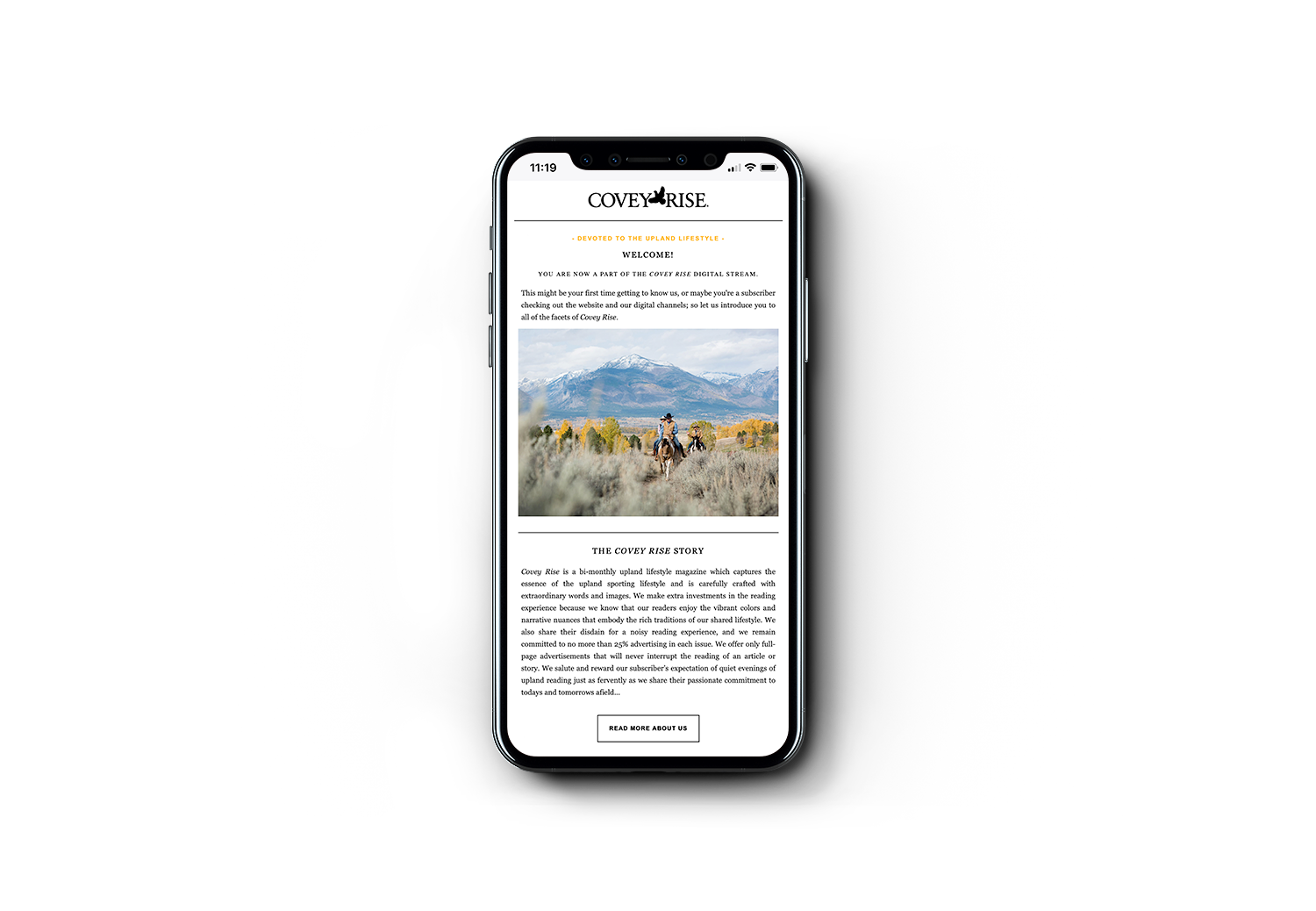Full disclosure: I’m a dyed-in-the-wool duck hunter from the Midwest. Nothing makes me happier than a mud-stanky Lab’s tail beating out a 4/4 rhythm on my leg with the clouds overhead spitting sleet the size of pea coal. When I’m shivering in leaky old waders, I’m in my element. As Jimmy Dugan said best in the movie A League of Their Own: “It’s the hard that makes it good.” So the whole relaxed business of hunting Southern bobwhites never really stoked my fire. Must be an Upper Midwest thing.
Fact is, my compass scribes mostly north and west from my farm in rural Central Minnesota. When I dream of Heaven, it’s usually visions of bowed-up wings over a slough or some small grainfi_eld that might range from the Dakotas to specifi_c locales in Prairie Canada that I’ll never mention in print. It’s just how it is—you love the birds you know, and I never really wanted to know about quail because quail hunters don’t wear waders. They wear knickers—or whatever they’re called.
But enough about ducks and pants. This story’s about Elvis— the one who lives in Thomasville, Georgia. I’ll preface this by saying that I’ve got a thing for dogs, but not just any dogs. For me, it’s about personality over pedigree. I call them “meat dogs.” The ones without the titles and letters before or after their names. The little grinders you didn’t expect, all heart and all go, with a God given instinct you can’t help but take a shine to. Most of the great ones turn out great—despite our training shortcomings, anyway. They’re like the dirty little wrestler kid from a few towns over who shows up uninvited to the tournament. No one’s heard of him, no one’s ever cut him any slack, and he can’t fi_gure out why people are making such a big deal of the fact that he just cleaned house. That’s just what he does—always has. Elvis is the dirty little wrestler kid and the one dog ever to make me question my own moral compass, even if just for a second.




